Engineering Earth 'is feasible'
BBC NEWS | Science & Environment | Engineering Earth ‘is feasible’.
A UK Royal Society study has concluded that many engineering proposals to reduce the impact of climate change are “technically possible”.
Such approaches could be effective, the authors said in their report.
But they also stressed that the potential of geo-engineering should not divert governments away from their efforts to reduce carbon emissions.
Suggestions range from having giant mirrors in space to erecting giant CO2 scrubbers that would “clean” the air.
Such engineering projects could either remove carbon dioxide or reflect the Sun’s rays away from the planet.
Of the two basic geo-engineering approaches, the report concluded that those involving the removal of carbon dioxide were preferable, as they effectively return the climate system closer to its pre-industrial state.
But the authors found that many of these options were currently too expensive to implement widely.
This included “carbon capture and storage” methods, which require CO2 be captured directly from power plants and stored under the Earth’s surface.
Current proposed methods also work very slowly, taking many decades to remove enough carbon dioxide to significantly reduce the rate of temperature rise.
Of the carbon removal techniques assessed, three were considered to have most potential:
1. CO2 capture from ambient air: This would be the preferred method, as it effectively reverses the cause of climate change.
2. Enhanced weathering: This aims to enhance natural reactions of CO2 from the air with rocks and minerals. It was identified as a prospective longer-term option.
3. Land use and afforestation: The report found that land-use management could and should play a small but significant role in reducing the growth of atmospheric CO2 concentrations.
Some suggestions include: a giant mirror on the Moon; a space parasol made of superfine aluminium mesh; and a swarm of 10 trillion small mirrors launched into space one million at a time every minute for the next 30 years.
The study also said that many of these approaches had huge logistical demands, and it could take several decades for them to be implemented.
But if temperatures rose to such a level where more rapid action needed to be taken, three techniques were considered to have most potential:
1. Stratospheric aerosols: Previous volcanic eruptions have effectively provided case studies of the potential effectiveness of this method.
2. Space-based methods: These were considered to be a potential technique for long-term use, but only if major problems of implementation and maintenance could be solved.
3. Cloud albedo approaches: These include “cloud ships” which would send sea water into the clouds to make them more reflective.


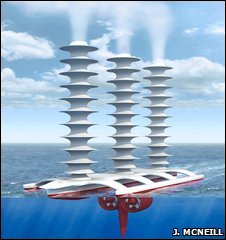


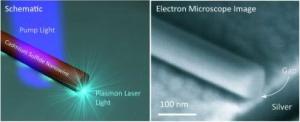




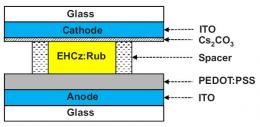


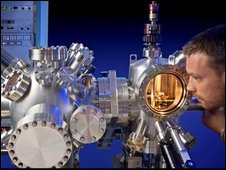
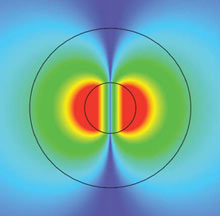
Recent Comments